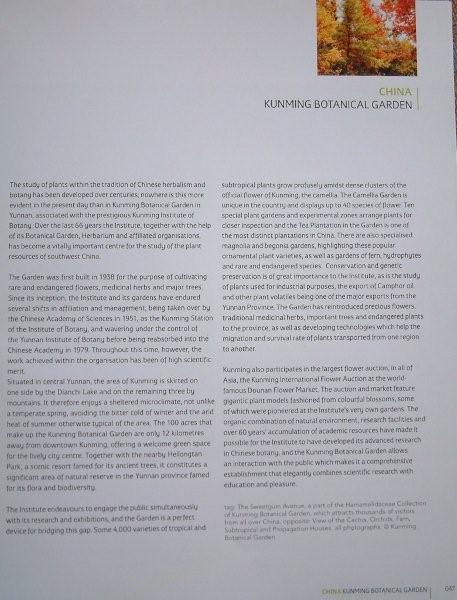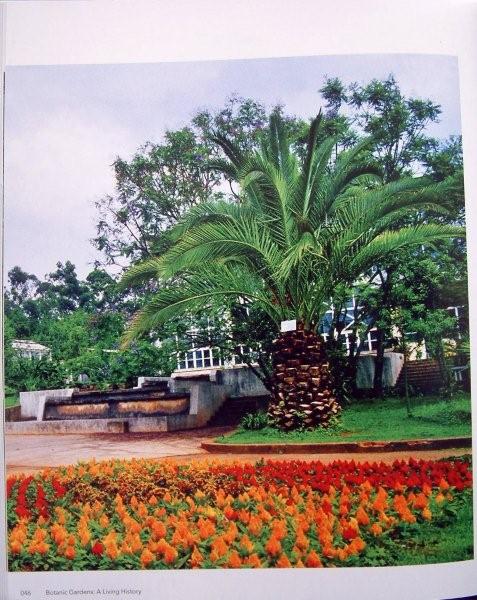The study of plants within the tradition of Chinese herbalism and botany has been developed over centuries; nowhere is this more evident in the present day than in Kunming Botanical Garden in Yunnan, associated with the prestigious Kunming Institute of Botany. Over the last 66 years the Institute, together with the help of its Botanical Garden, Herbarium and affiliated organisations, has become a vitally important centre for the study of the plant resources of southwest China.
The Garden was first built in 1938 for the purpose of cultivating rare and endangered flowers, medicinal herbs and major trees.Since its inception, the Institute and its gardens have endured several shifts in affiliation and management, being taken over by the Chinese Academy of Sciences in 1951, as the Kunming Station of the Institute of Botany, and wavering under the control of the Yunnan Institute of Botany before being reabsorbed into the Chinese Academy in 1979. Throughout this time, however, the work achieved within the organisation has been of high scientific merit.
Situated in central Yunnan, the area of Kunming is skirted on one side by the Dianchi Lake and on the remaining three by mountains. It therefore enjoys a sheltered microclimate, not unlike a temperate spring, avoiding the bitter cold of winter and the arid heat of summer otherwise typical of the area. The 100 acres that make up the Kunming Botanical Garden are only 12 kilometres away from downtown Kunming, offering a welcome green space for the lively city centre. Together with the nearby Heilongtan Park, a scenic resort famed for its ancient trees, it constitutes a significant area of natural reserve In the Yunnan province famed for its flora and biodiversity.
The Institute endeavours to engage the public simultaneously with its research and exhibitions, and the Garden is a perfect device for bridging this gap. Some 4,000 varieties of tropical and subtropical plants grow profusely amidst dense clusters of the official flower of Kunming, the camellia.The Camellia Garden is unique in the country and displays up to 40 species of flower. Ten special plant gardens and experimental zones arrange plants for closer inspection and the Tea Plantation in the Garden is one of the most distinct plantations in China. There are also specialised magnolia and begonia gardens, highlighting these popular ornamental plant varieties, as well as gardens of fern, hydrophytes and rare and endangered species. Conservation and genetic preservation is of great importance to the Institute, as is the study of plants used for industrial purposes, the export of Camphor oil and other plant volatiles being one of the major exports from the Yunnan Province. The Garden has reintroduced precious flowers,traditional medicinal herbs, important trees and endangered plants to the province, as well as developing technologies which help the migration and survival rate of plants transported from one region to another.
Kunming also participates in the largest flower auction, in all of Asia, the Kunming International Flower Auction at the world-famous Dounan Flower Market. The auction and market feature gigantic plant models fashioned from colourful blossoms, some of which were pioneered at the Institute's very own gardens. The organic combination of natural environment, research facilities and over 60 years' accumulation of academic resources have made it possible for the institute to have developed its advanced research in Chinese botany, and the Kunming Botanical Garden allows an interaction with the public which makes it a comprehensive establishment that elegantly combines scientific research with education and pleasure.







